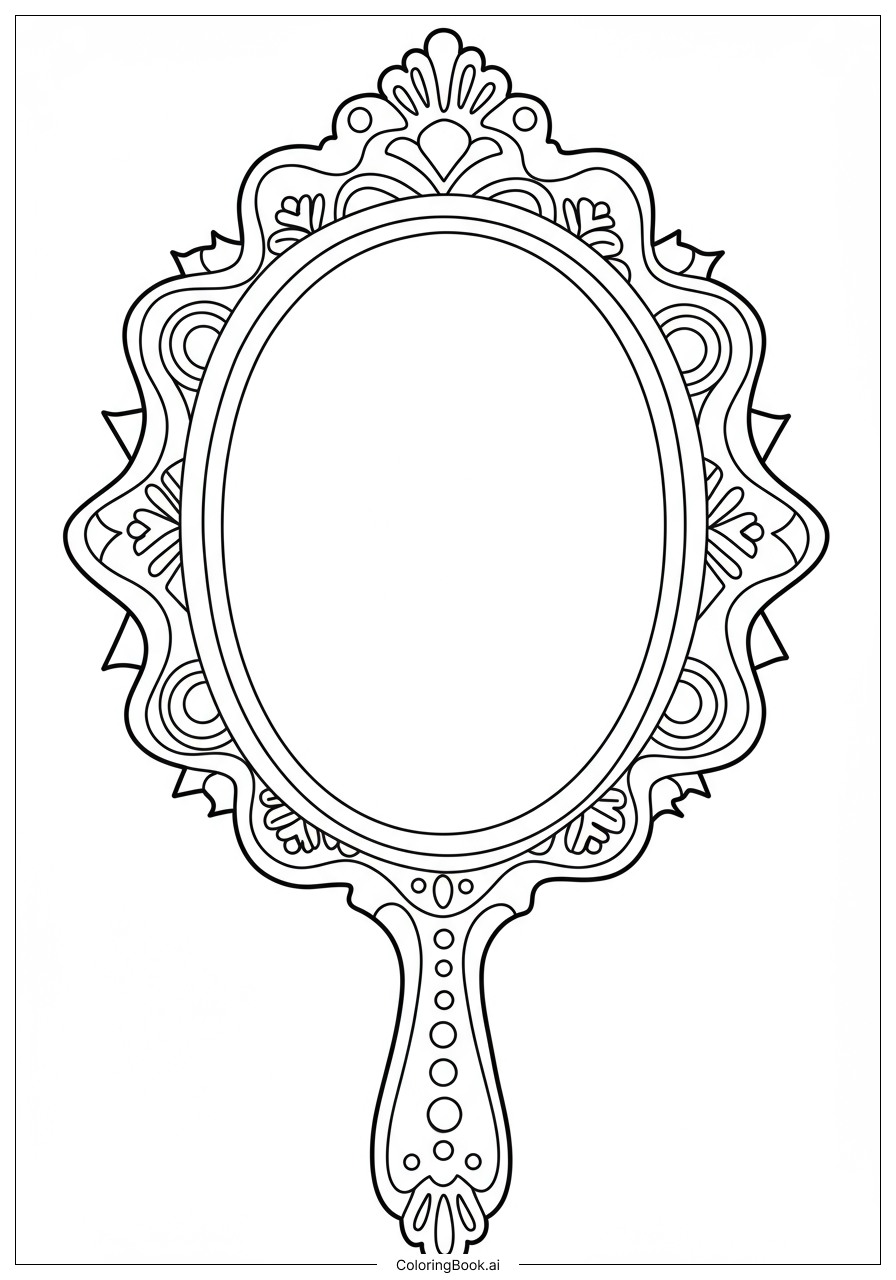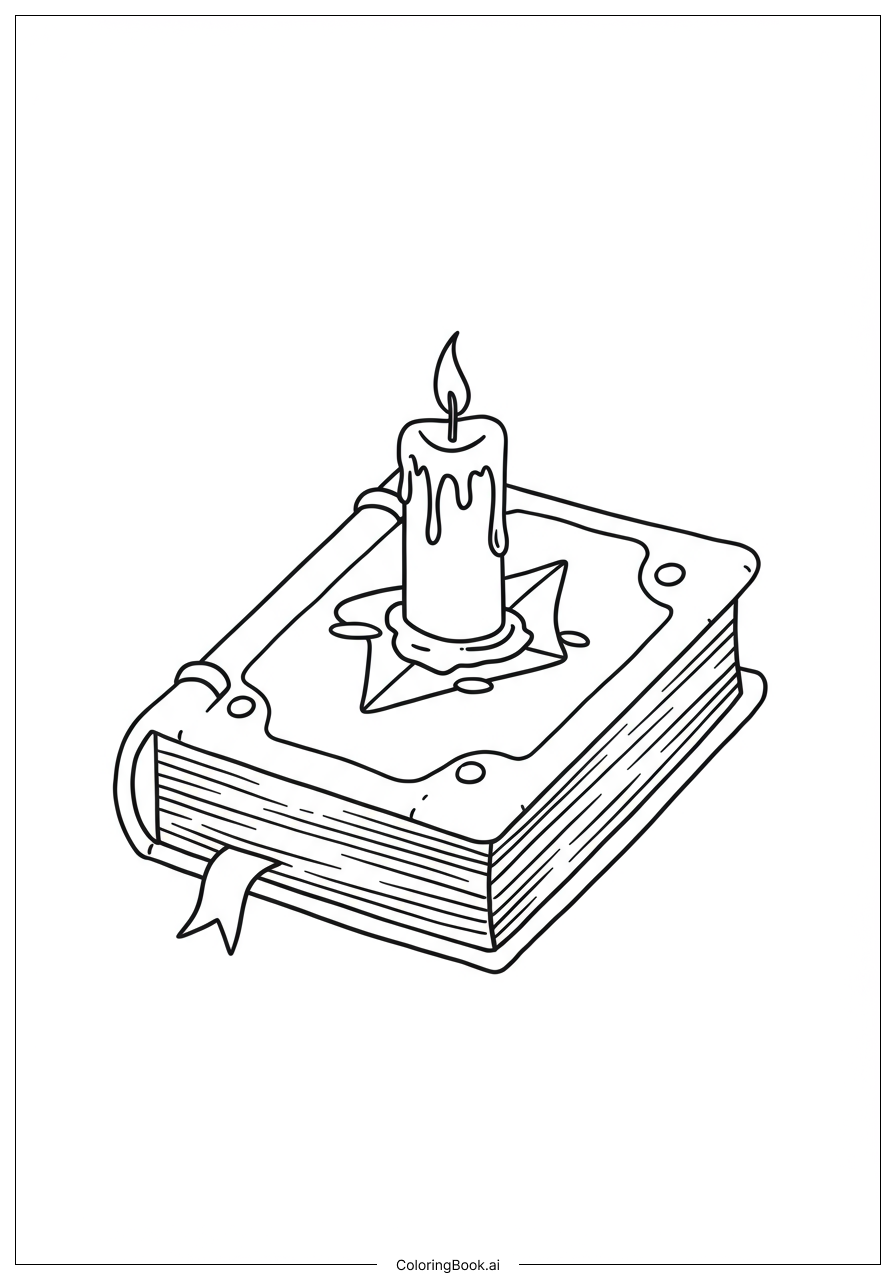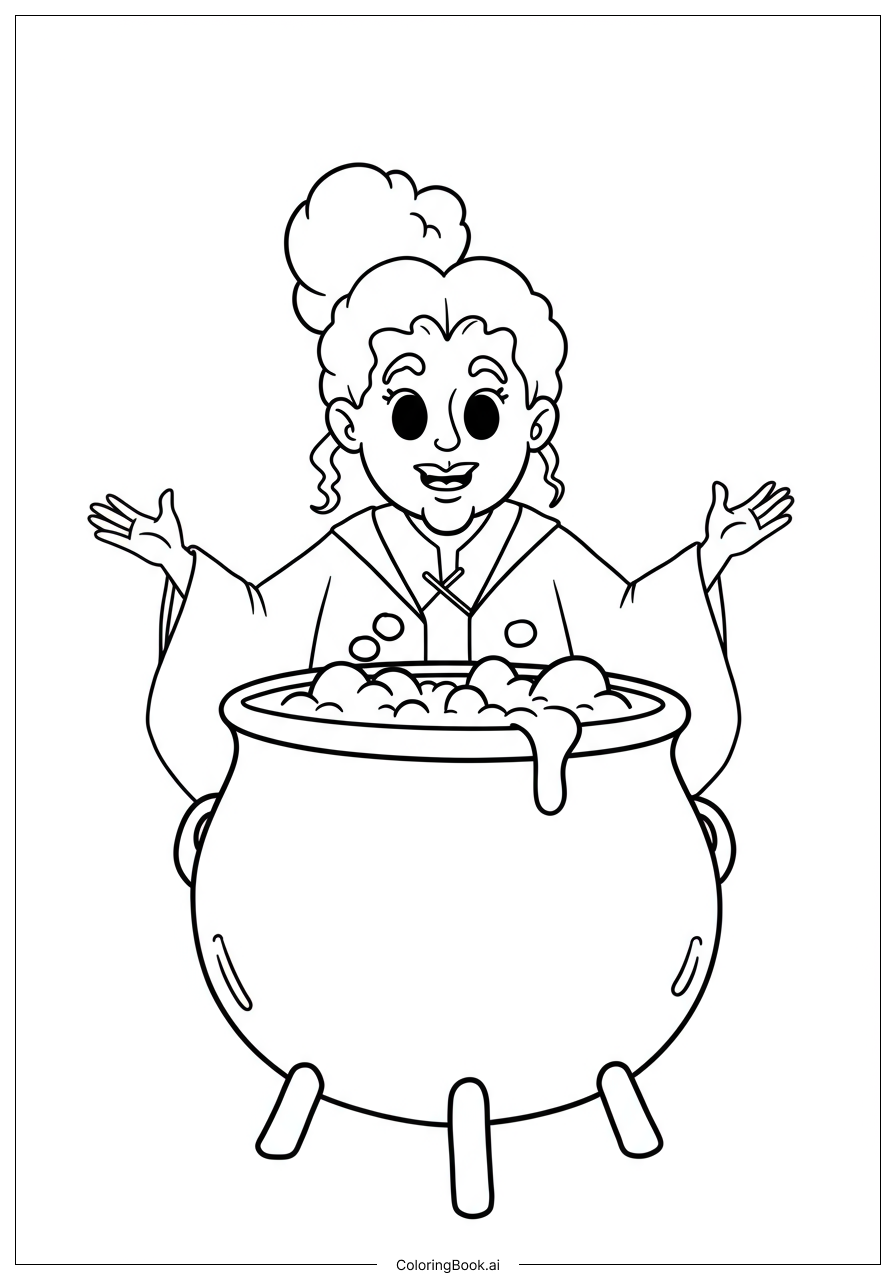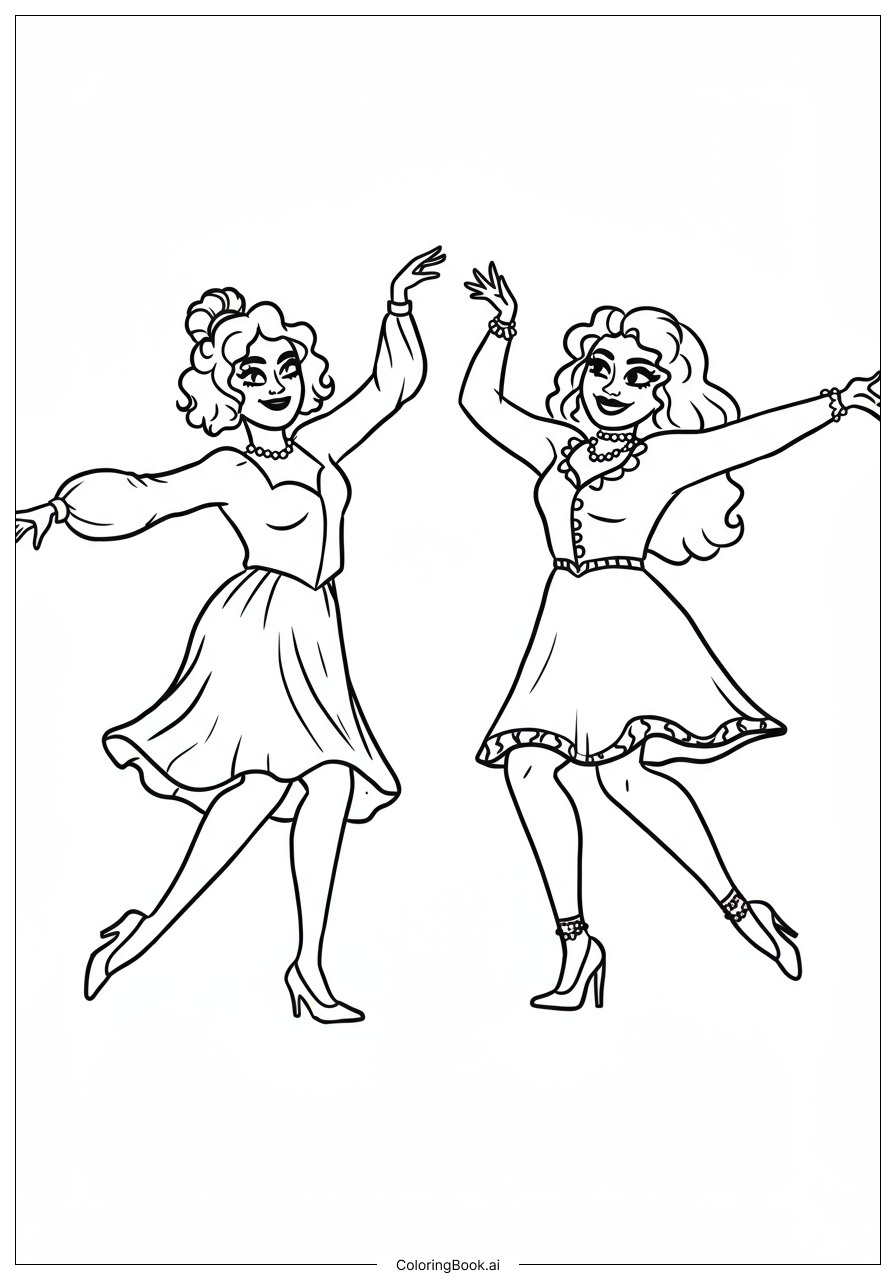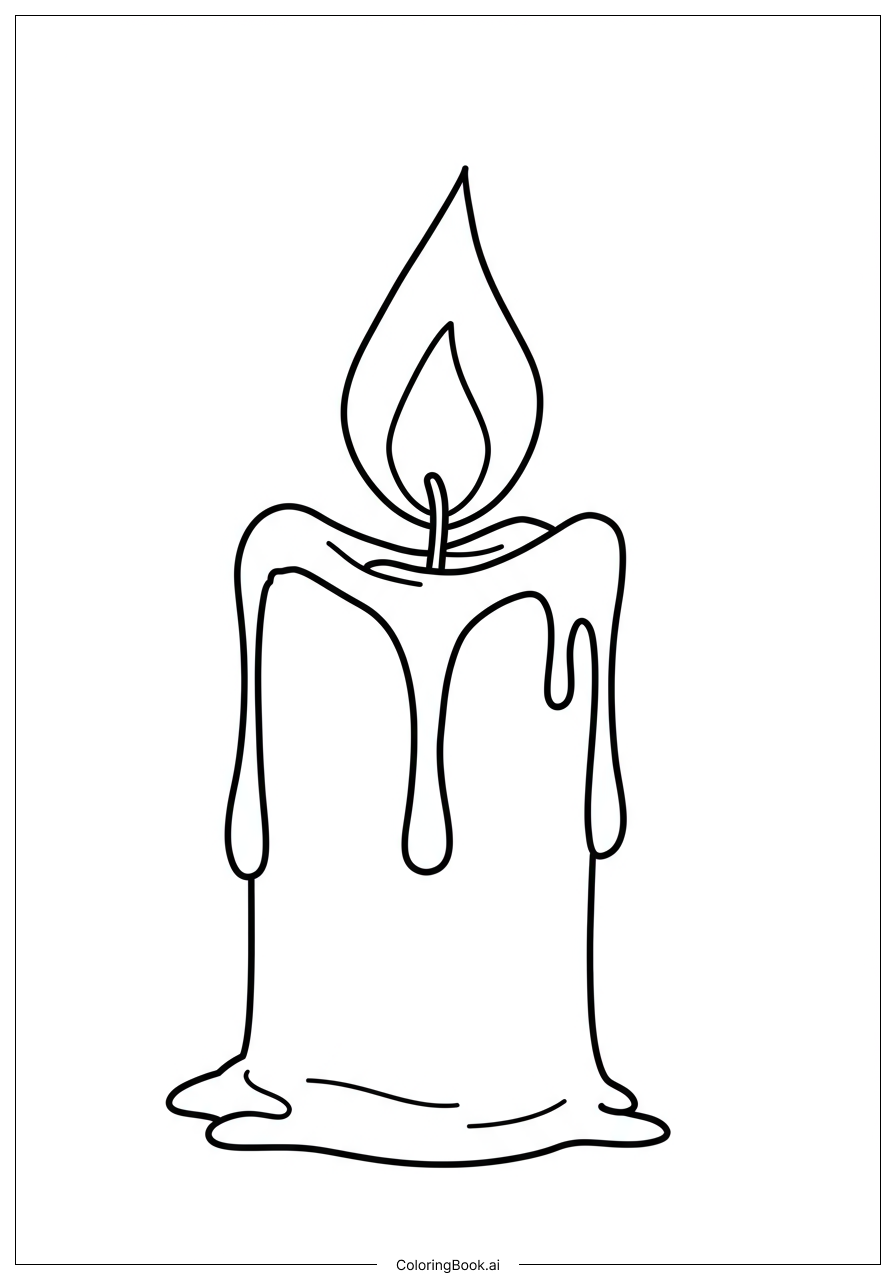Coloring tips: How to color Hocus Pocus Magic Mirror Frame coloring page well?
When coloring this magic mirror frame, consider using vibrant colors to emphasize its enchanting qualities. Golds and silvers can create a magical feel for the frame, while soft pastels can add a dreamy touch. Don't be afraid to mix and match colors! You can also think about patterns—maybe a rainbow of colors or a gradient effect. Use different shades of green for the floral details, and feel free to experiment with sparkle markers or glitter gel pens for a magical finish. Let your imagination guide you!
Coloring challenges: Which parts are difficult to color and need attention for Hocus Pocus Magic Mirror Frame coloring page?
1. Detailing: The intricate patterns and curves in the mirror frame can be challenging. Kids may need to focus carefully on the lines to fill in every detail without straying outside the lines.
2. Color Choices: Deciding which colors to use can be difficult. A balanced palette will create harmony, but choosing a unique combination can be more complex. Kids may find it hard to select colors that complement each other well.
3. Blending Techniques: If children want to use blending techniques for shading, it can be tricky. Learning how to blend colors together takes practice and patience. Some children might find this part frustrating.
4. Size and Space: The different sections of the frame vary in size. Coloring smaller sections accurately can be difficult, requiring a steady hand and precision.
5. Overall Design: Understanding how to approach the overall design and make it cohesive may pose a challenge. Kids need to visualize the final outcome before starting.
Benefits of coloring books: Advantages of drawing Hocus Pocus Magic Mirror Frame coloring page
Coloring this magic mirror frame offers many benefits. First, it sparks creativity. Children can unleash their imaginations by choosing colors and designs that reflect their personalities. This exercise helps improve their artistic skills as they experiment with different shades and techniques. Additionally, coloring can be a calming activity, aiding in relaxation and focus. It helps children develop fine motor skills through precise coloring actions, enhancing hand-eye coordination. Lastly, coloring can be a great social activity—kids can share their artworks with friends or family, fostering relationships through creative expression.
